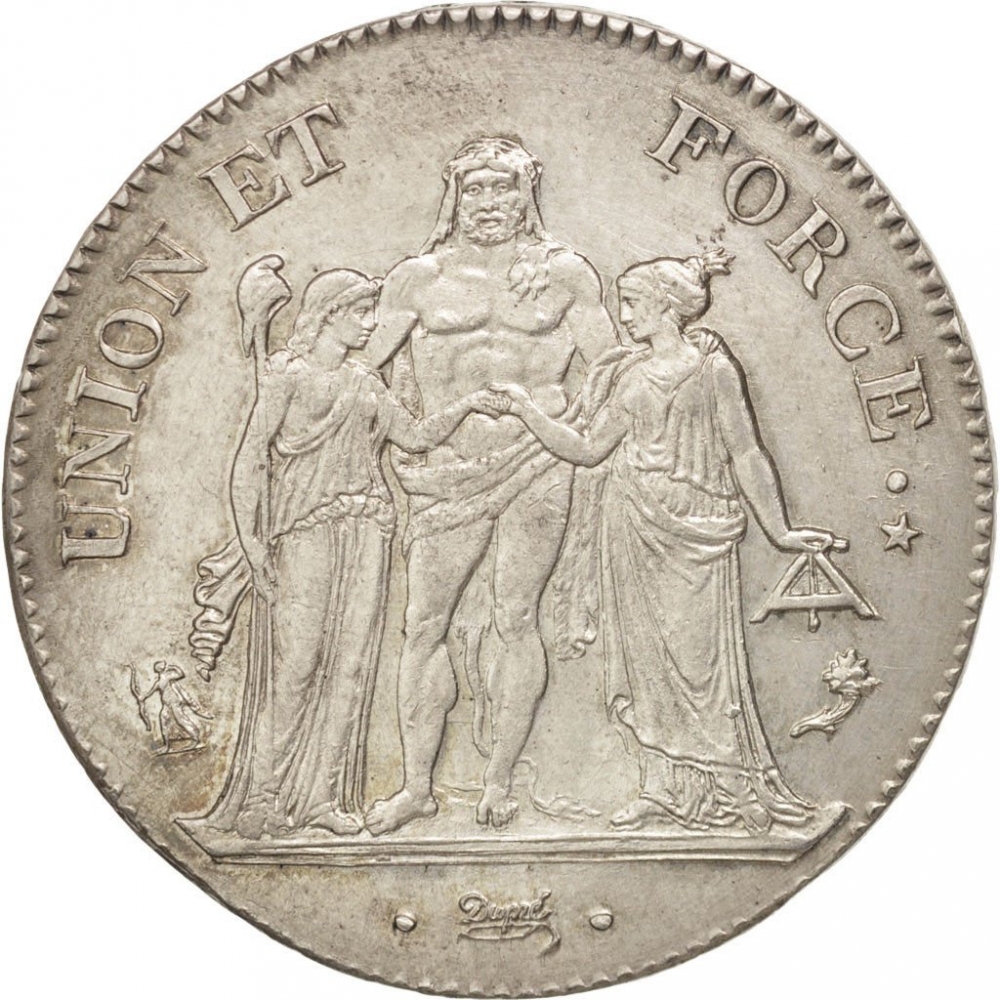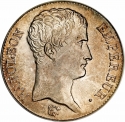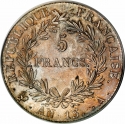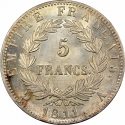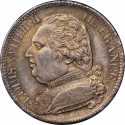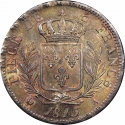You are about to finish your registration. Please check your mailbox (including spam folder). There should be a letter with a confirmation link. Check setting to make sure that your e-mail address is correct.
Send letter againDescription
The Directory was a five-member committee which governed France from November 1795, when it replaced the Committee of Public Safety , until it was overthrown by Napoleon Bonaparte in the Coup of 18 Brumaire (8-9 November 1799) and replaced by the Consulate. It gave its name to the final four years of the French Revolution.
The Consulate was the government of France from the fall of the Directory in the coup of Brumaire in 1799 until the start of the Napoleonic Empire in 1804. By extension, the term The Consulate also refers to this period of French history.
During this period, Napoleon Bonaparte, as First Consul, established himself as the head of a more authoritarian, autocratic, and centralized republican government in France while not declaring himself sole ruler. Napoleon brought authoritarian personal rule which has been viewed as military dictatorship.
Engraver: Augustin Dupré (1748–1833). He was the 14th Graveur général des monnaies (Engraver General of Currency). When the republic was proclaimed, Dupré engraved the bulk of the new revolutionary decimal currency. He introduced the 5 Franc silver piece stamped with the image of Hercules, Union et Force which marked the renaissance of the Franc, and the coins of 1 Centime, 5 Centimes, 1 Décime and 2 Décimes with the head of the Republic wearing the Phrygian cap.
Obverse

|
Depicts the figure of Heracles stands between two female personifications, who unites Freedom (carrying a staff with a Phrygian cap on top) and Equality (holding an archipendulum, which stands for equality of all citizens) with the inscription of unity and power. Heracles stands in the center protecting the two women and wearing the skin of the Nemean Lion which, in the legend of the twelve tasks, granted him the gift of invulnerability. The name of the engraver in the exergue. UNION ET FORCE.★ |
|---|---|
Reverse

|
Depicts two entwined branches, oak and laurel, with the legend reading ‘French Republic’. In the center the denomination. In the exergue, in Arabic numbers, the date in the French Republican Calendar. RÉPUBLIQUE FRANÇAISE★ |
| Edge |
GARANTIE NATIONALE |
5 Francs
Directory, Consulate
KM# 639 Gadoury# 563
Characteristics
| Material | Silver |
| Fineness | 0.900 |
| Weight | 25 g |
| Diameter | 37 mm |
| Thickness | - |
| Shape |
|
| Alignment | Coin |
| Alt # |
|
| Mints |
Bayonne Mint (L) Bordeaux Mint (K) Geneva Mint (G) Marseille Mint (MA) Nantes Mint (T) Paris Mint (A) Perpignan Mint (Q) Strasbourg Mint (BB)
|
